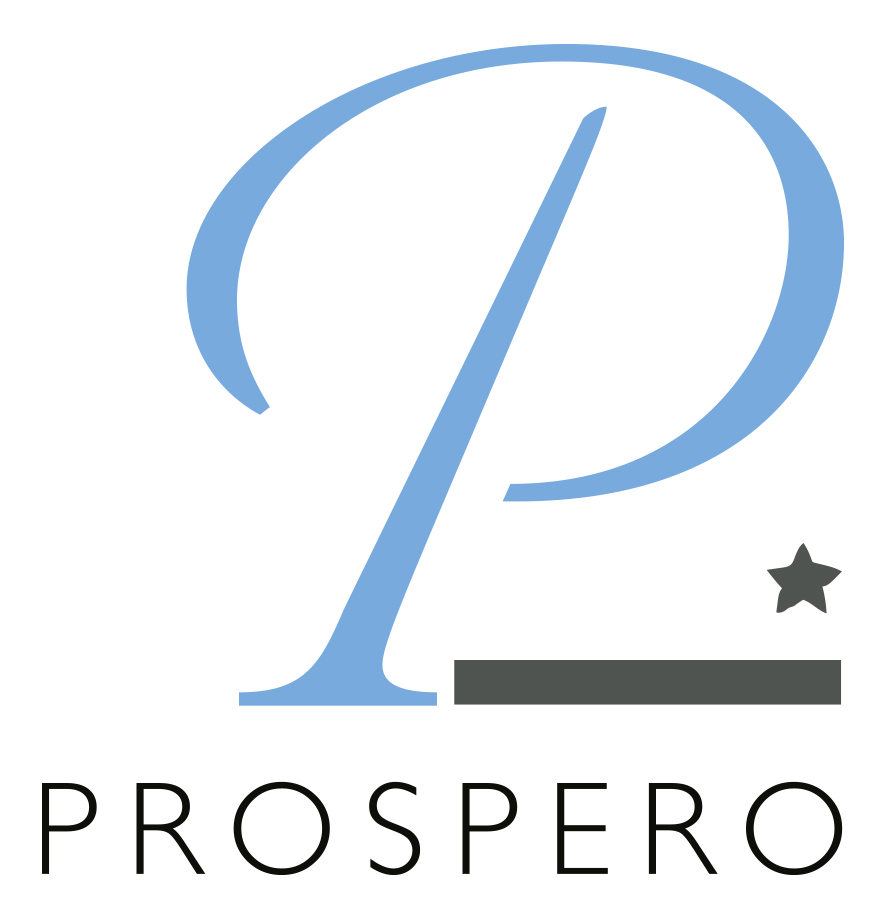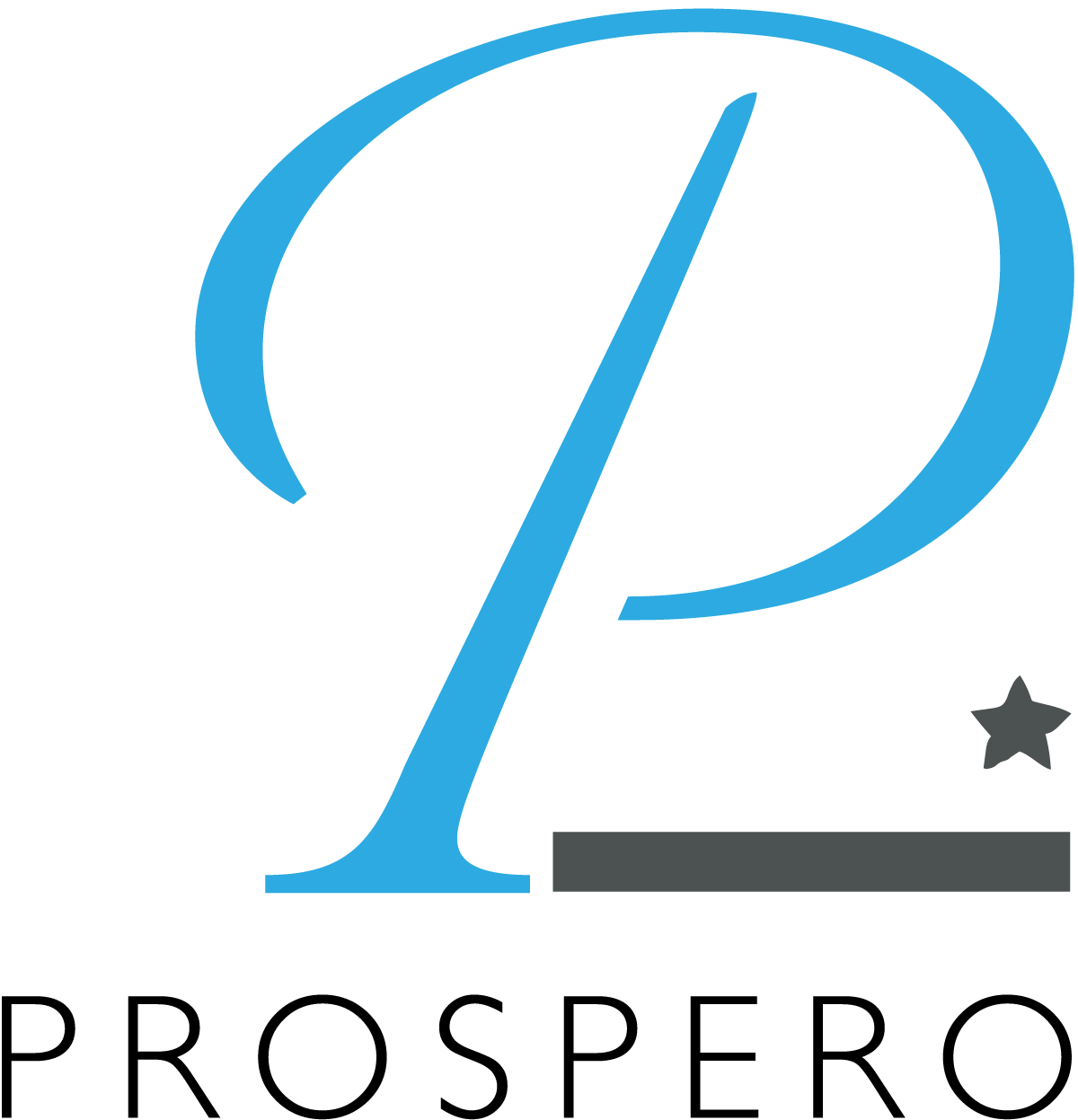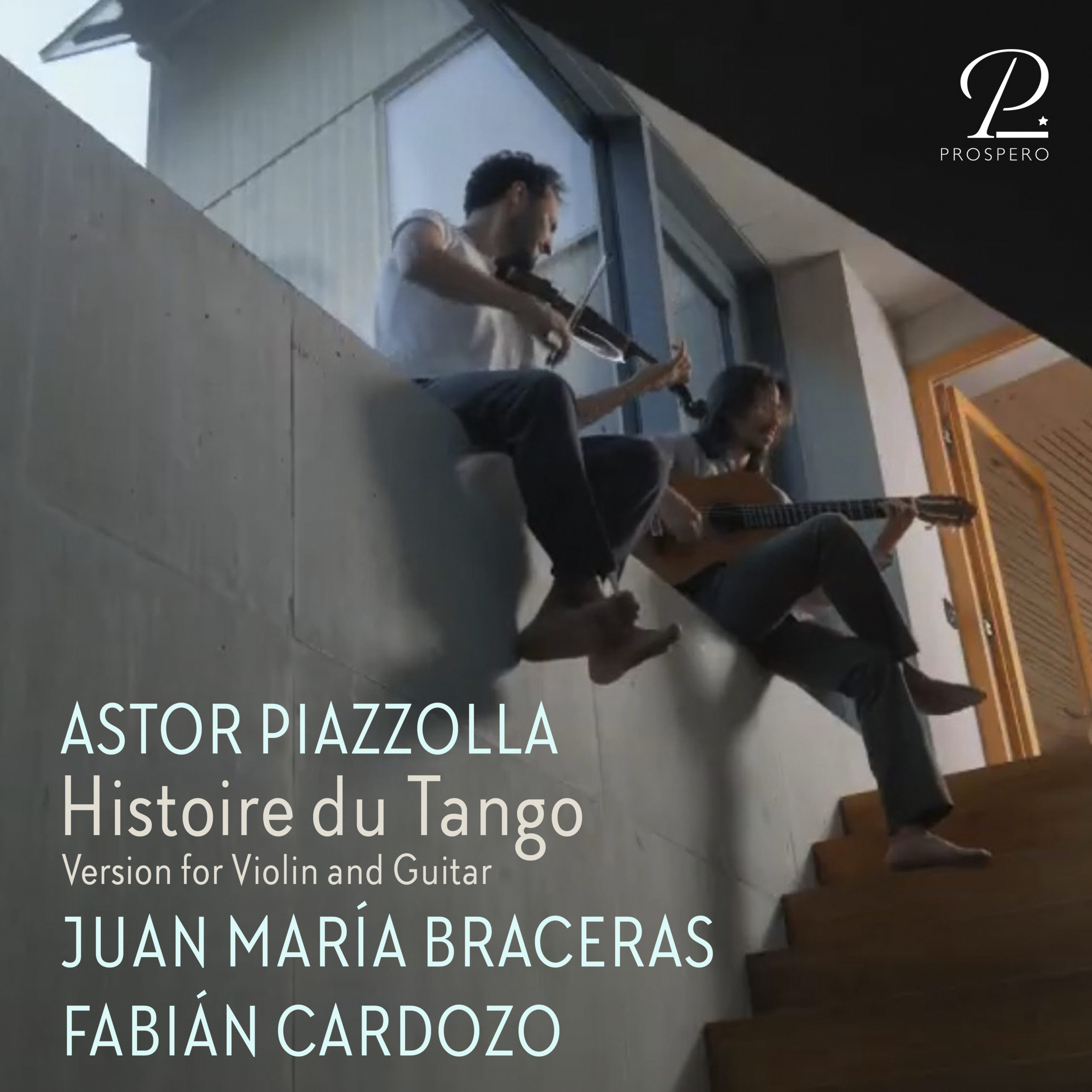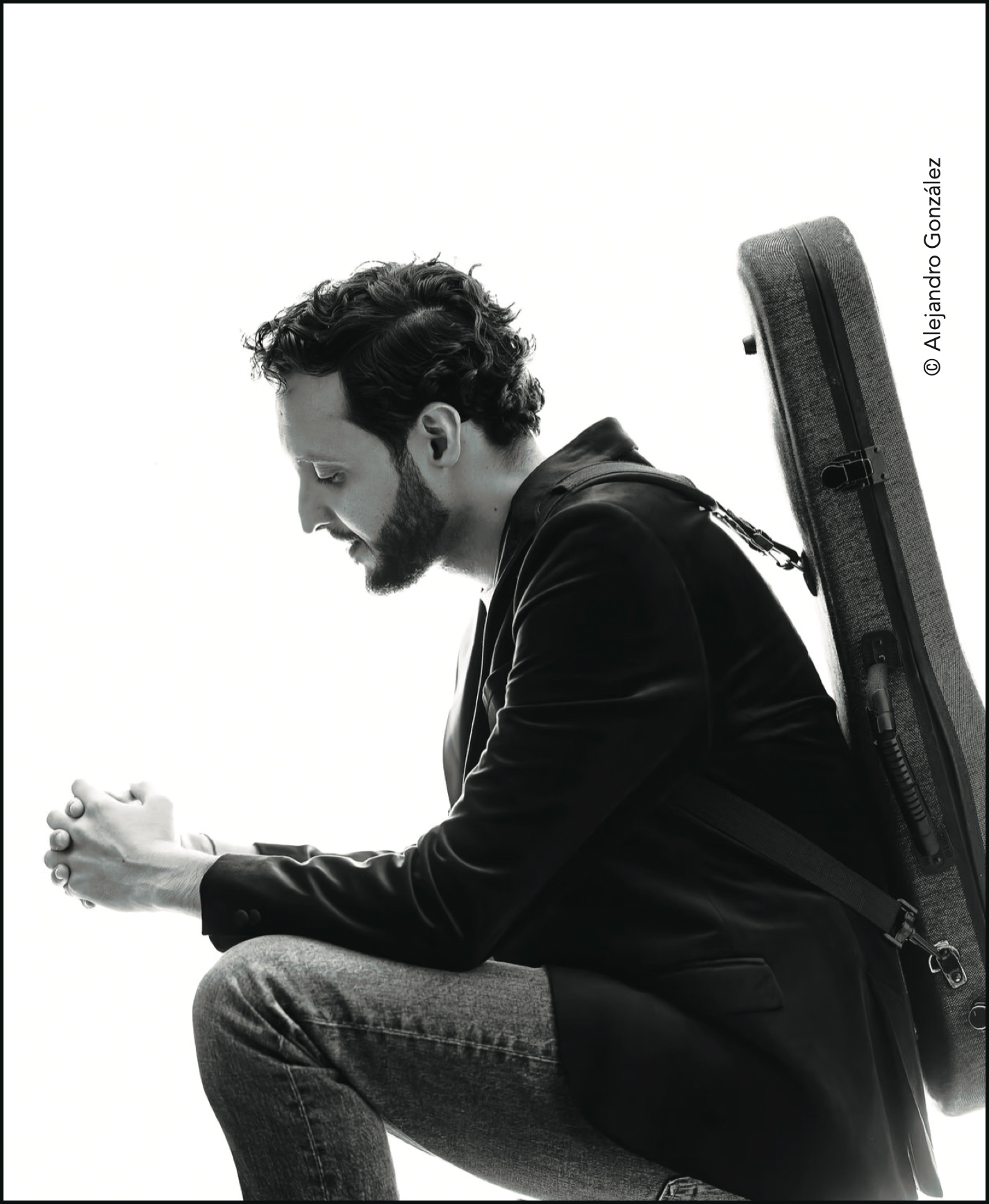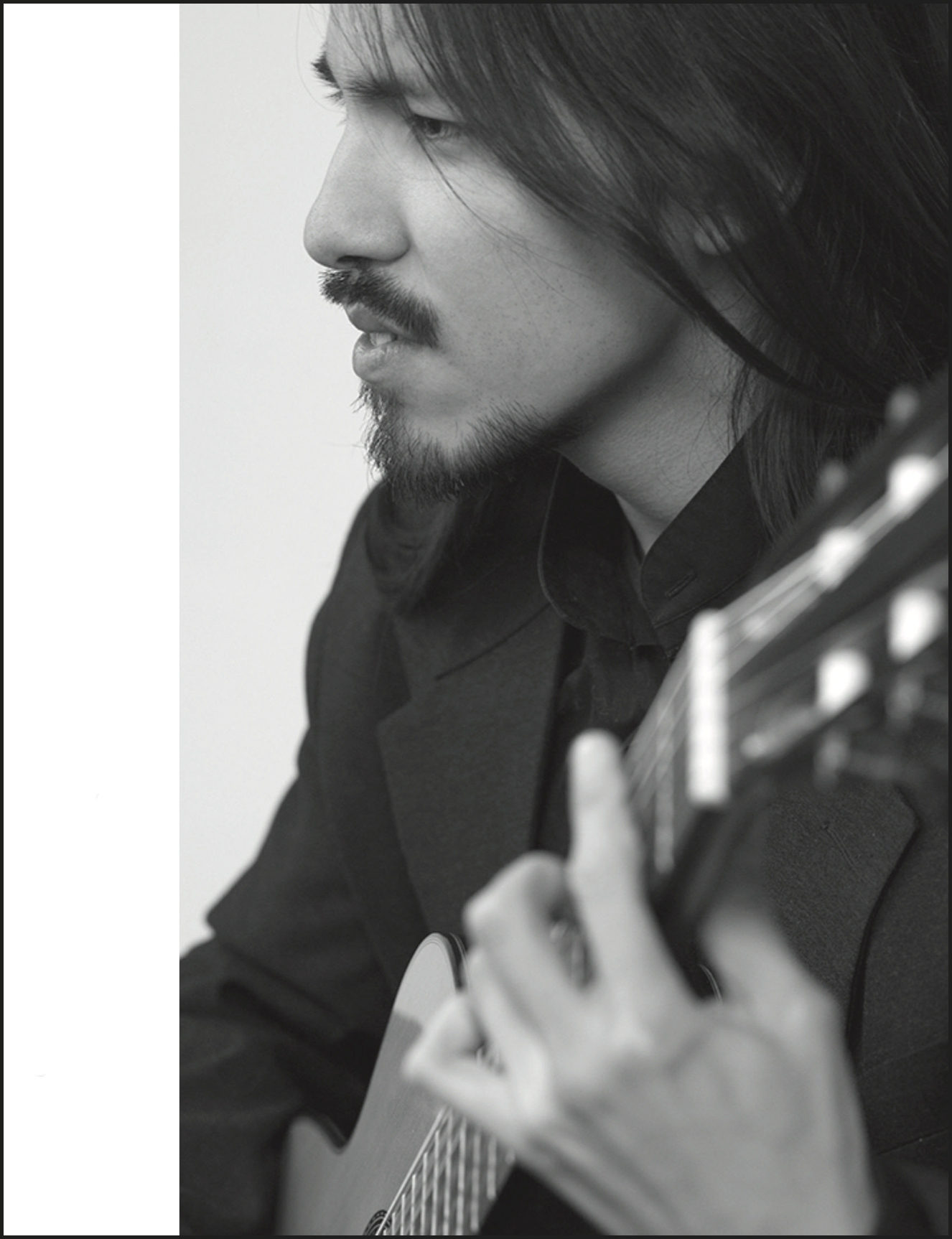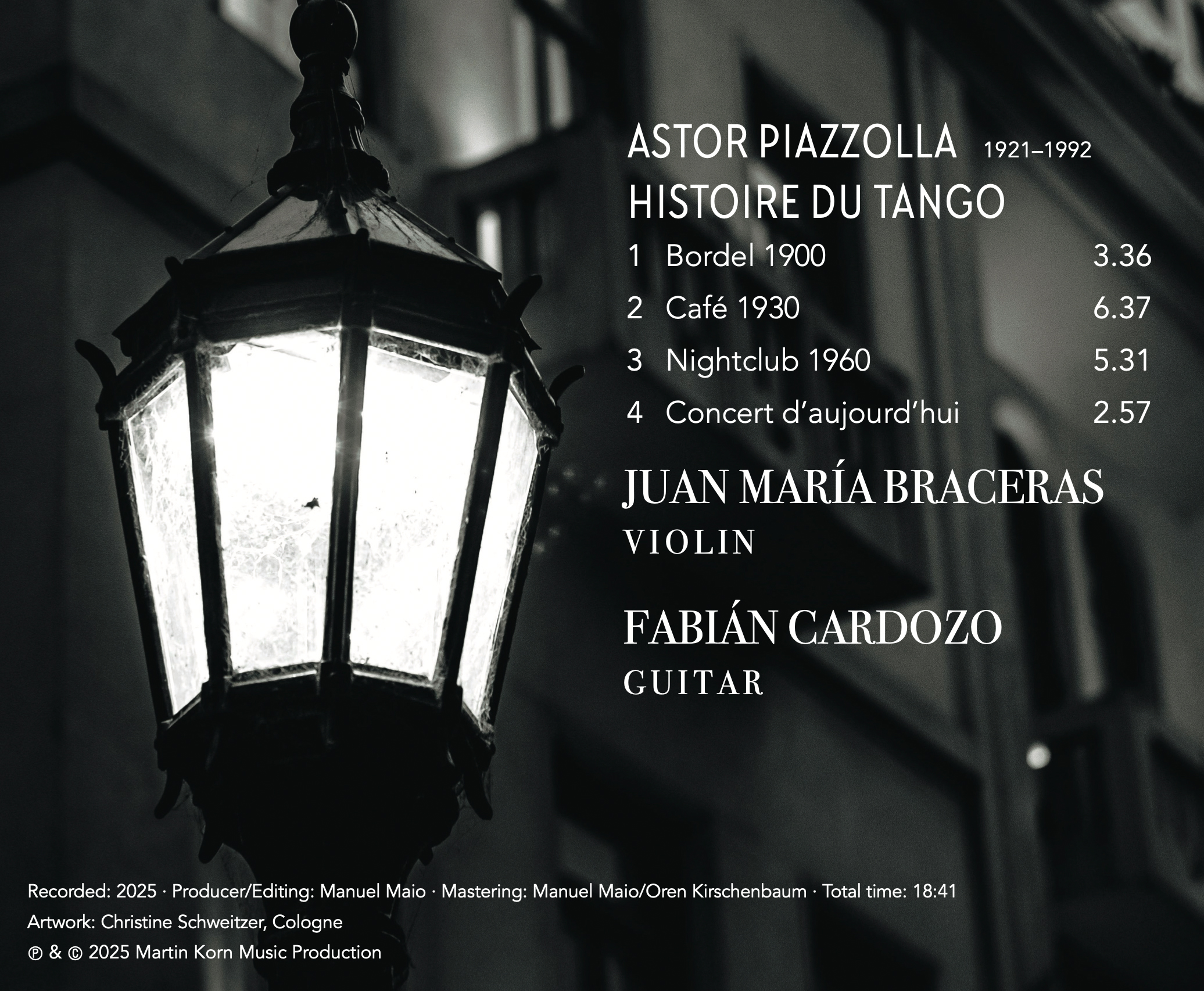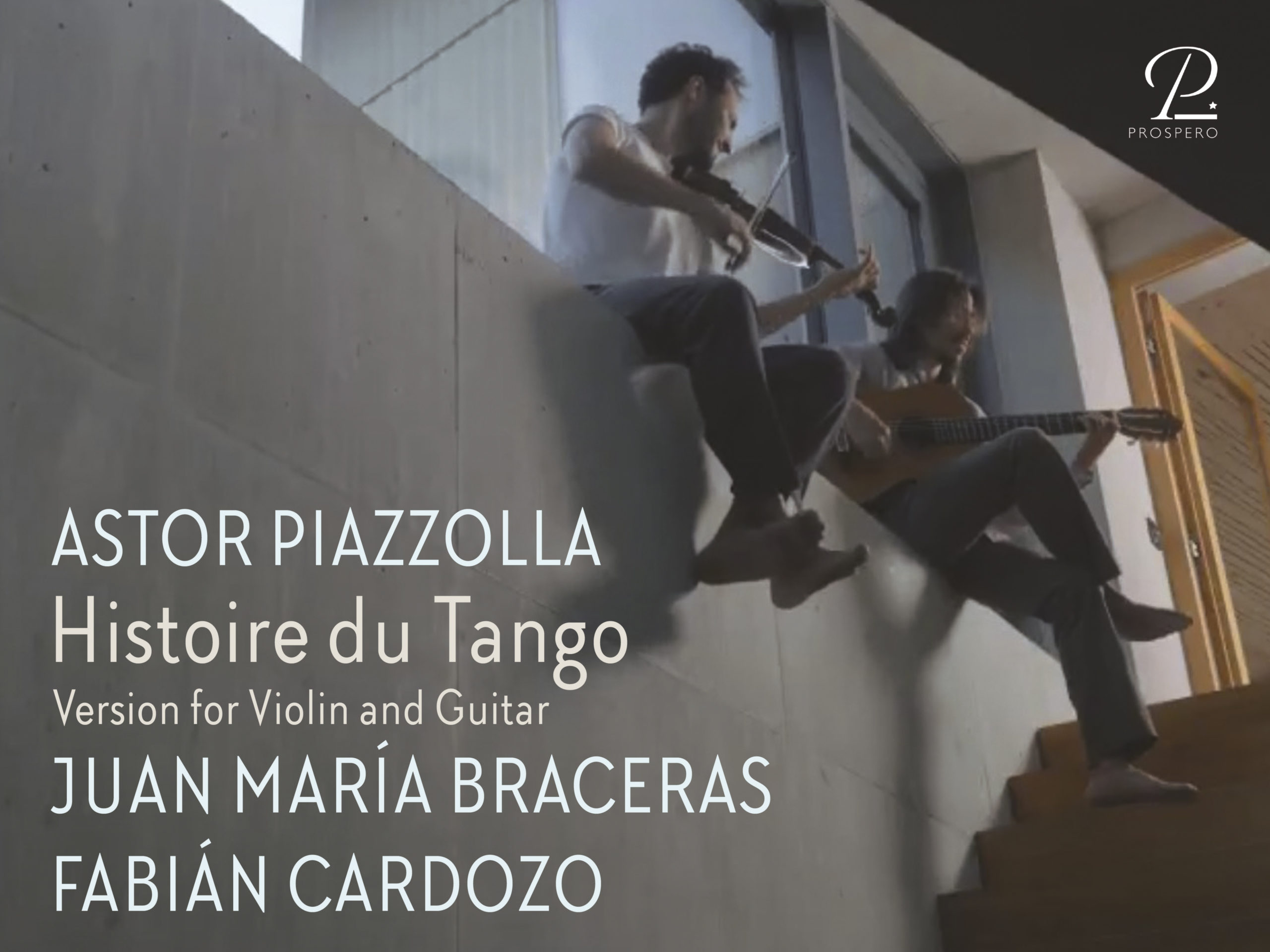Astor Piazzollas „Histoire du Tango“ (1986) ist eines seiner faszinierendsten Werke, weil es in vier Sätzen die Entwicklung des Tangos vom einfachen Straßentanz zum raffinierten Konzertgenre nachzeichnet. Jeder Satz steht für eine Epoche – vom leidenschaftlichen „Bordel 1900“ über den eleganten „Café 1930“, das rhythmisch komplexe „Nightclub 1960“ bis zum modernen, experimentellen „Concert d’aujourd’hui“. Piazzolla verbindet hier Tango, Jazz und klassische Musik mit virtuoser Ausdruckskraft und emotionaler Tiefe.
Die Version für Violine und Gitarre mit Juan Maria Braceras und Fabián Cardozo und ist besonders reizvoll, weil diese Besetzung die ursprüngliche Intimität und rhythmische Schärfe des Tangos bewahrt. Die Geige bringt gesangliche Leidenschaft und melancholische Linien, während die Gitarre mit pulsierenden Rhythmen und fein nuancierter Harmonie antwortet – ein gleichberechtigter Dialog statt Begleitung. Wenn beide Musiker aus Argentinien stammen, erhält die Interpretation zusätzliche Authentizität: Sie verbinden technische Präzision mit einem tief verinnerlichten Gefühl für die tango argentino-Tradition, die in jeder Phrase spürbar bleibt.
*****
Astor Piazzolla’s ‘Histoire du Tango’ (1986) is one of his most fascinating works because it traces the development of tango from a simple street dance to a sophisticated concert genre in four movements. Each movement represents an era – from the passionate ‘Bordel 1900’ to the elegant ‘Café 1930’, the rhythmically complex ‘Nightclub 1960’ and the modern, experimental ‘Concert d’aujourd’hui’. Here, Piazzolla combines tango, jazz and classical music with virtuoso expressiveness and emotional depth.
The version for violin and guitar performed by Juan Maria Braceras and Fabián Cardozo is particularly appealing because this instrumentation preserves the original intimacy and rhythmic sharpness of the tango. The violin brings vocal passion and melancholic lines, while the guitar responds with pulsating rhythms and finely nuanced harmony – an equal dialogue rather than accompaniment. The fact that both musicians come from Argentina lends the interpretation additional authenticity: they combine technical precision with a deeply internalised feeling for the tango argentino tradition, which remains palpable in every phrase.
Open digital booklet:
